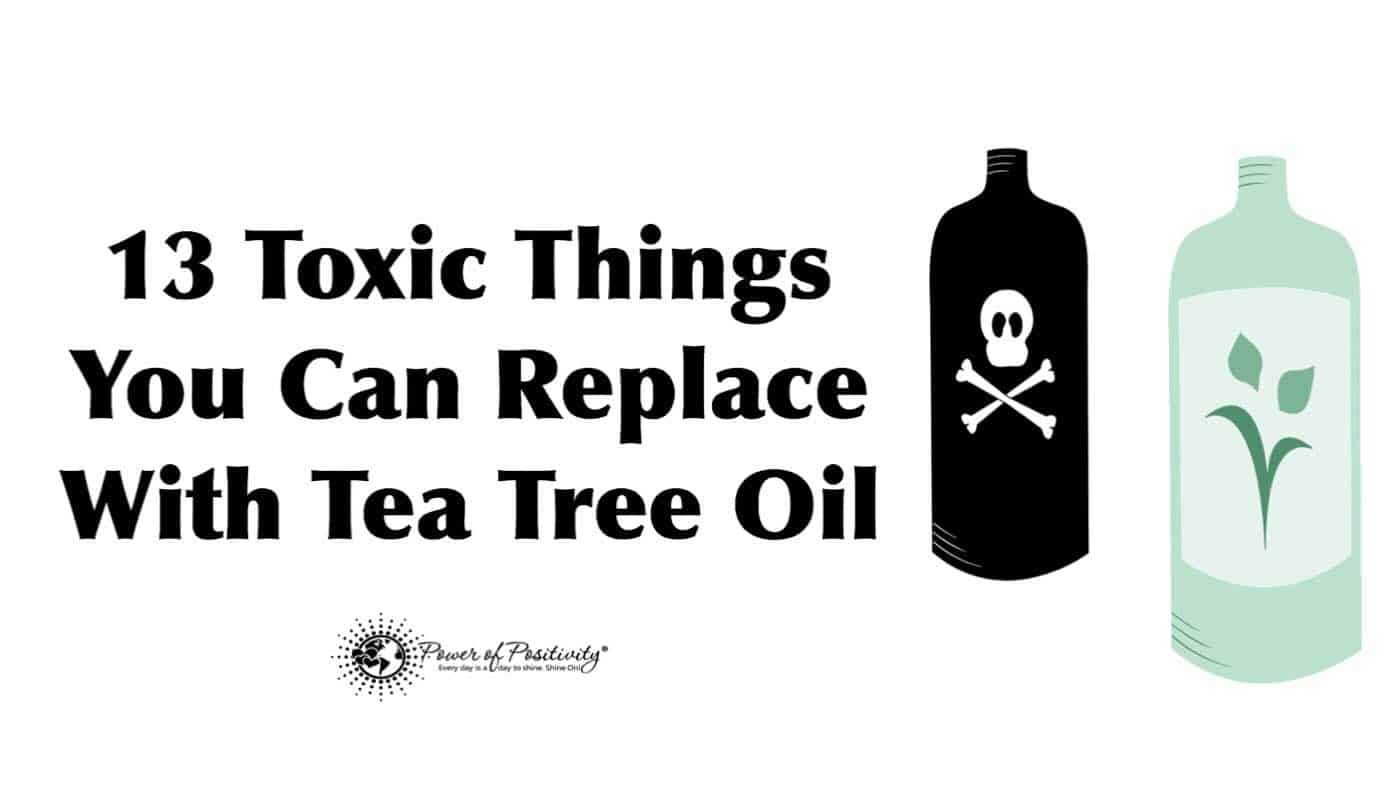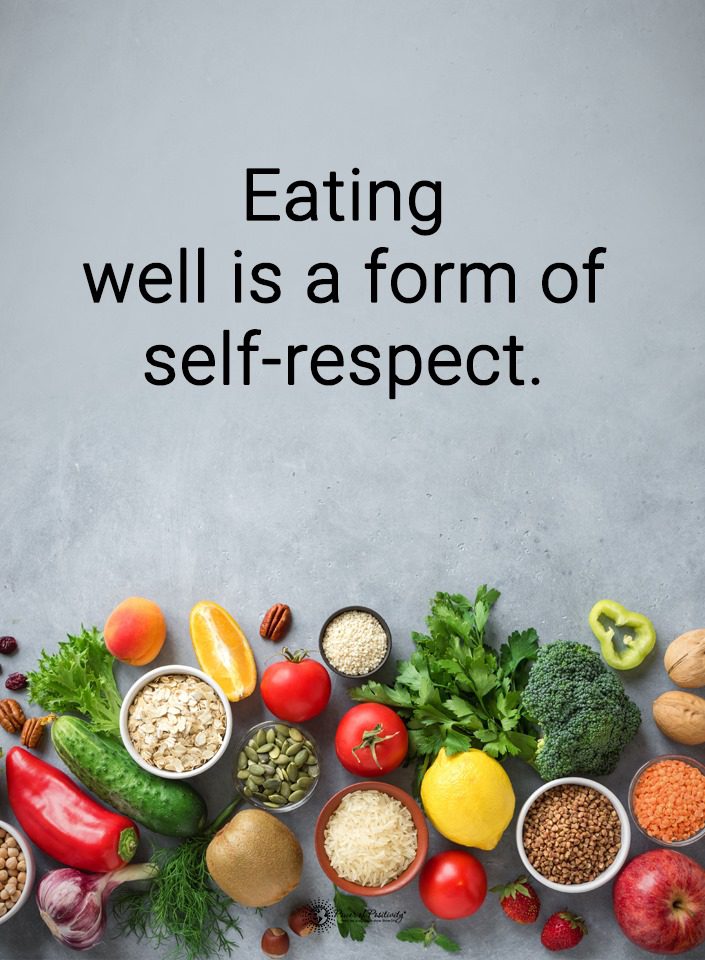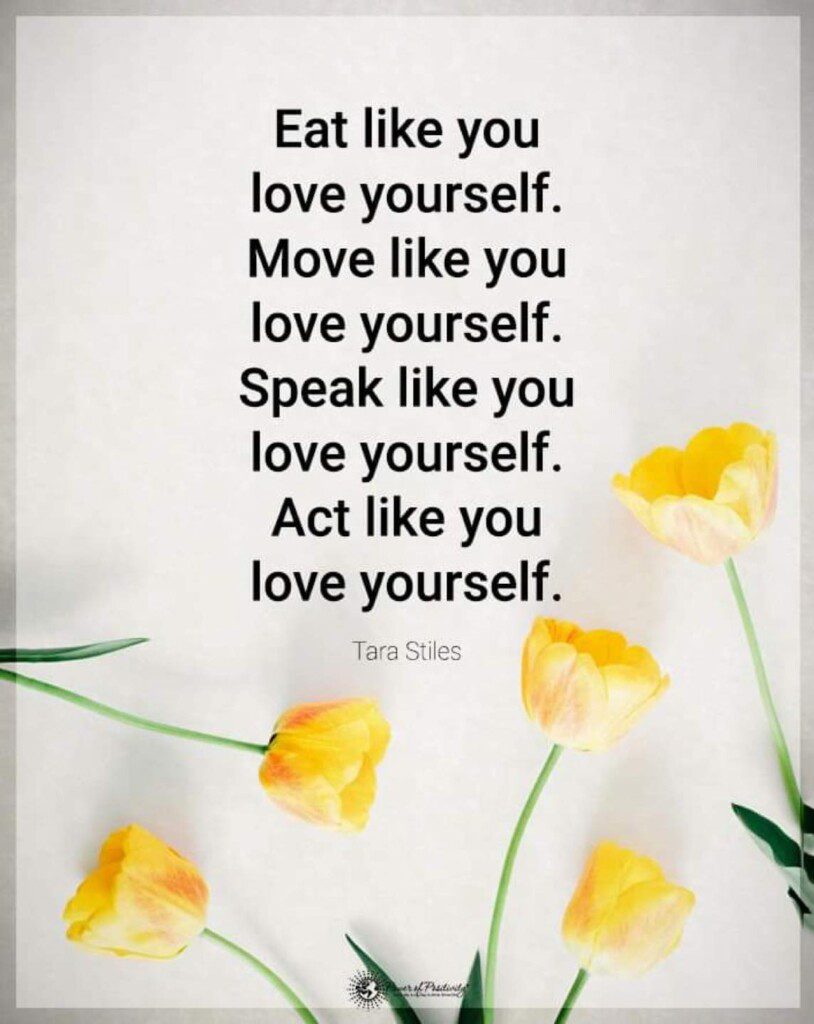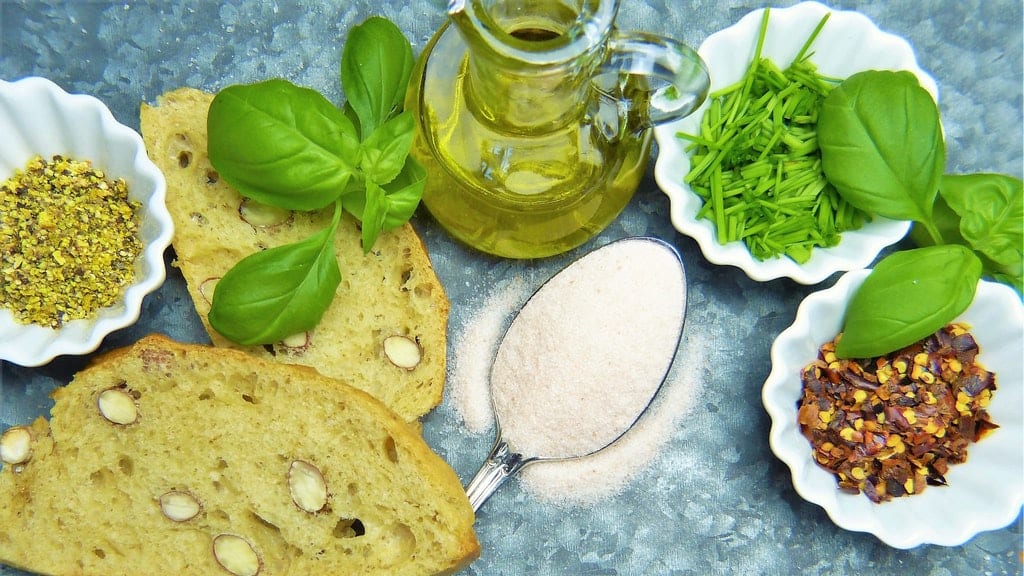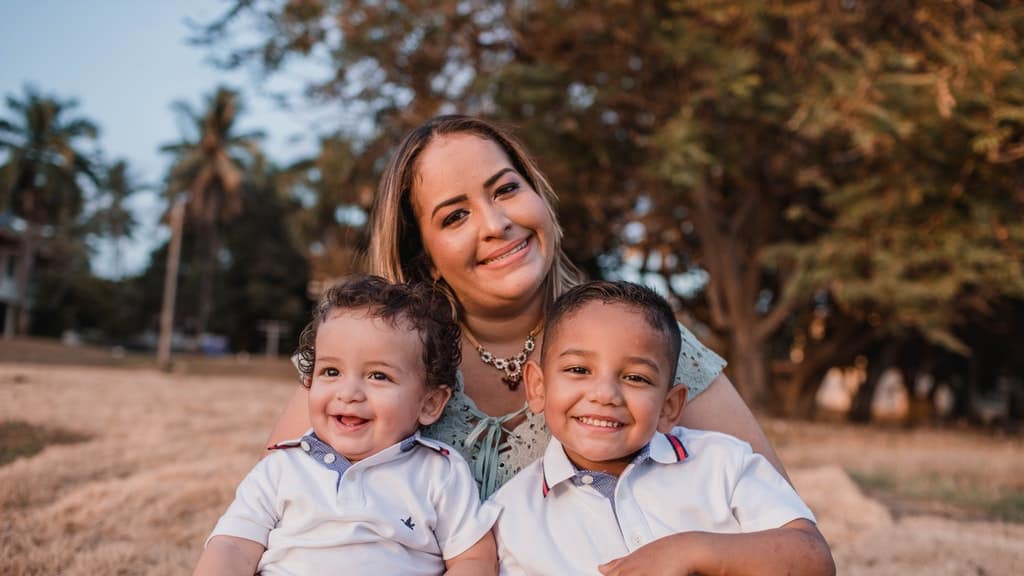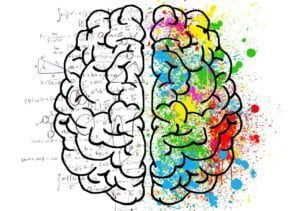Something must be said about natural hair care and products tailor-made to give your hair a total makeover. And when you use essential oils, you’ll do this without any toxins in today’s brand-name products.
With the help of essential oils, anyone looking to treat their hair to a new all-natural lifestyle can create their DIY treatments. You’ll be able to repair damaged ends, stimulate growth, and prevent certain conditions like dandruff.
Ten Essential Oils for Hair Growth
Unfamiliar with using essential oils for hair growth? When used in hair products and treatments, these essential oils are nature’s way of bringing our hair back to a pure and natural state. These incredible oils help us kickstart growth and return it to its most natural shine.
Derived from plants and blended into all-natural products or DIY treatments, these essential oils for hair growth will become a staple in your hair care regimen as you use these oils regularly.
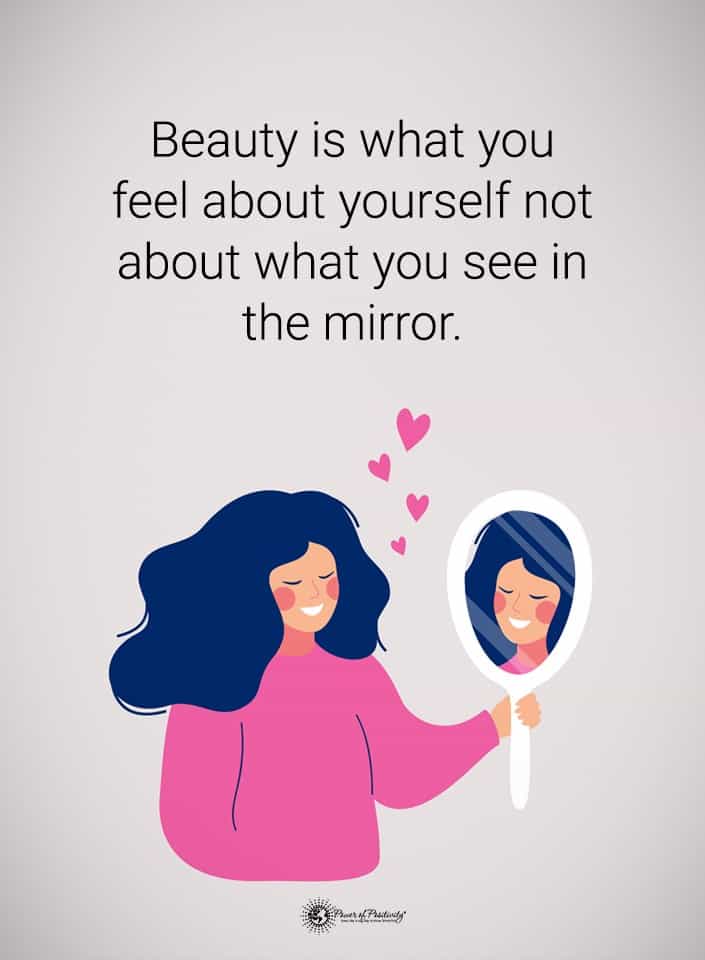
Read on for ten essential oils for hair growth:
1. Lavender Essential Oil
Lavender oil is one of the best choices for an all-natural product that speeds up hair growth. The properties in lavender oil work to reduce any stress that can negatively affect the growth of your hair.
Additionally, lavender has been proven to generate hair growth, encouraging hair to grow faster than it otherwise would.
The antibacterial and antimicrobial properties in lavender oil also help to improve your scalp health when used as a regular treatment.
To take advantage of the benefits of lavender oil, start by mixing drops of it into a carrier oil like coconut oil or olive oil. Leave it on the scalp for 10 minutes or more, then wash it out and finish your routine with shampooing and conditioning as usual.
This treatment is safe to repeat several times throughout the week.
2. Peppermint Essential Oil for Hair Growth
When applied to the head and hair, peppermint oil causes cold and tingling feelings.
This oil will increase circulation wherever it’s applied, which makes it the perfect solution for promoting hair growth.
According to one study, peppermint oil increases follicle depth, the number of follicles, and the overall rate of hair growth.
To make your peppermint oil hair products, mix in two drops of this oil with your carrier oil of choice. Then, massage the oil into your scalp and leave it for five minutes before you wash it out and condition and shampoo like usual.
Though this is an effective treatment for your hair, be careful when using peppermint oil. As this oil can cause intense sensations, it isn’t recommended to be applied directly to the scalp, hair, or skin except with a carrier oil.
3. Rosemary Essential Oil for Hair Repair
Improve hair growth and thickness with rosemary essential oil. This essential oil is an excellent choice for anyone hoping to stimulate hair growth. Beauty enthusiasts recognize rosemary oil for hair thanks to its ability to increase cellular generation.
According to some testimonials, this essential oil performs as effectively as Minoxidil, another conventional treatment for hair stimulation. However, the all-natural alternative of rosemary oil didn’t present the side effect of an itching scalp.
Make your rosemary essential oil for hair growth by mixing rosemary essence and coconut oil. Apply the mixture to your scalp. Leave the oil in for ten minutes, then wash it as you shampoo your hair. For the best results, use this twice a week.
4. Cedarwood Essential Oil
Essential oil helps to reduce hair loss and promote hair growth by balancing the scalp’s oil-producing glands. Additionally, cedarwood has specific antibacterial and anti-fungal properties that can treat various conditions that would otherwise contribute to hair loss or dandruff.
A study using cedarwood extract, rosemary, and lavender was found to help reduce hair loss for patients with alopecia areata.
Take advantage of this natural treatment by mixing cedarwood essential oil and two tablespoons of any carrier oil you choose. Massage the oil mixture into your scalp, then leave it on your head for ten minutes.
This essential oil may be challenging to locate in the average grocery store, so you’ll have the best luck visiting small health food stores or ordering it online.
5. Lemongrass Essential Oil
Dandruff is often a common ailment for both men and women. However, many natural treatments help treat this otherwise annoying condition.
Use lemongrass oil as an all-natural dandruff treatment. Studies show that this essential oil will significantly reduce dandruff after a week.
Are you trying to eliminate dandruff with a treatment of your own? Use this essential oil.
When using your homemade dandruff treatment, experts say that lemongrass oil is most effective when you apply it daily. Create this treatment by mixing in a few drops of lemongrass essential oil into conditioner or shampoo. To get the full effects of this treatment, make sure to massage it into your scalp thoroughly.
6. Thyme Essential Oil
Thyme helps promote hair growth with its properties that stimulate the scalp, effectively preventing hair loss.
Much like cedarwood oil, this oil is proven effective as a treatment for alopecia areata.
Though you might’ve never heard of thyme essential oil as a beauty treatment, this essential oil is quite strong. This makes it quite adept at encouraging hair growth.
When making your homemade hair growth treatment, use two small drops of this oil and two tablespoons of another carrier oil, then apply it to the scalp.
After leaving it on for 10 minutes or more, wash the treatment out.
7. Clary Sage Oil
Clary Sage oil contains linalyl acetate, which is also used in making lavender oil, making it useful in stimulating hair growth as well. Using clary sage to treat your hair improves hair strength, making it harder for your hair to break.
Mix your favorite conditioner with three drops and one tablespoon of carrier oil when making a treatment out of this essential oil.
If you plan on using this treatment daily, rinse it out after two minutes. If you use this treatment once or twice weekly, leave the oil mix on for 10 minutes.
8. Tea Tree Oil for Oily Hair
Tea tree oil is a powerful cleansing oil with effective antimicrobial and antibacterial properties. Applying this oil topically is an excellent treatment for unplugging hair follicles and stimulating hair growth.
According to several studies, tea tree has proven to be successful as a critical ingredient in anti-dandruff products.
As tea tree oils come in varying concentrations, you must follow the instructions when using this as a treatment for hair. Some tea tree oils provide pure formulations, while others arrive pre-mixed in oil or cream.
Pay attention to the instructions on your product to ensure you don’t use one too concentrated on your hair.
When making your tea tree oil treatment, mix up to 10 drops of this oil into your conditioner or shampoo and use it daily. If you want a more potent treatment, mix three drops of this essential oil and two tablespoons of carrier oil. Leave this treatment for 15 minutes, then rinse it out.
9. Ylang-ylang Oil
Ylang-ylang translates to “flower of flowers.” This oil comes from a tropical tree that produces three different colored flowers used to create this essential oil.
This oil is most potent in fighting itchy and dry scalps caused by inadequate sebum production. Abnormal sebum products will lead to brittle hair, easily triggering hair loss and thinning.
The ylang-ylang oil is also helpful with getting rid of lice, making it a safer solution to most comparable products on the market.
Make your homemade remedy by blending coconut oil, five drops of this oil and massaging it into your scalp and then covering your head with a warm towel. Leave this treatment on for one hour and then shampoo out.
10. Cypress Essential Oil
Cypress is one of the oldest trees on the planet. With seeds over 17 million years old, ancient holistic healers relied on Cypress Essential Oil for many generations.
These types of essential oils come from the twigs and leaves of this tree. With its powerful properties for increasing blood circulation and improving capillary strength, cypress essential oil is an excellent stimulant for hair growth.
Make your homemade cypress oil remedy with four drops of this essential oil, two drops of carrier oil, four drops of orange oil, and four tablespoons of jojoba oil.
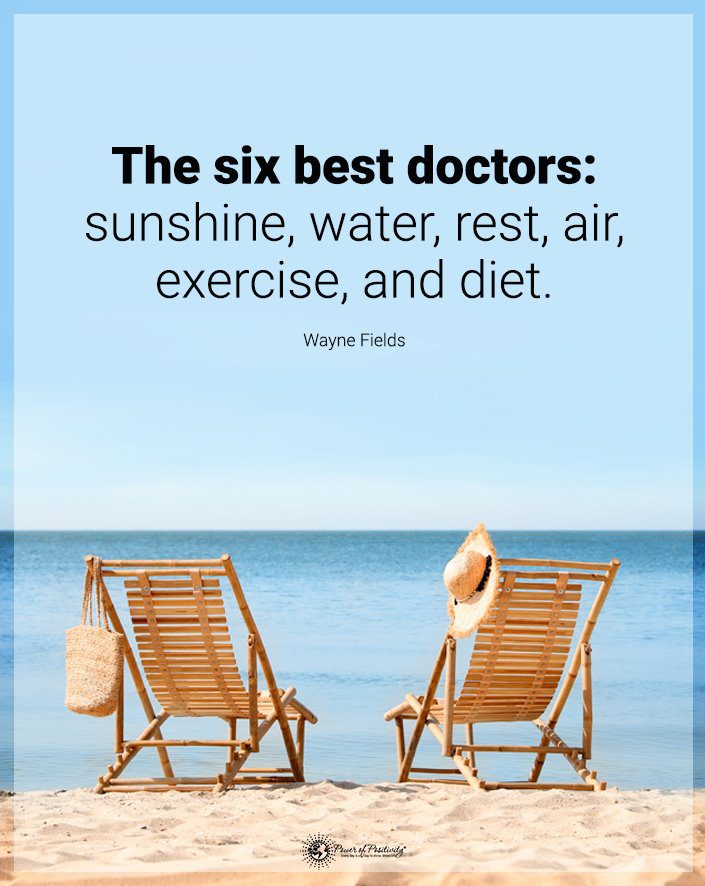
Final Thoughts on Essential Oils for Hair
Essential oils are nature’s gift to the world of beauty. If you’re tired of trying product after product when looking for ways to boost your hair health, try one of these many all-natural hair treatments.
Using essential oils for hair growth treatments are the healthiest and most effective all-natural products that will completely transform your locks. Try these ten treatments for yourself to experience this total hair transformation.

